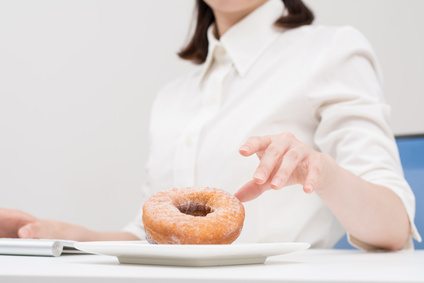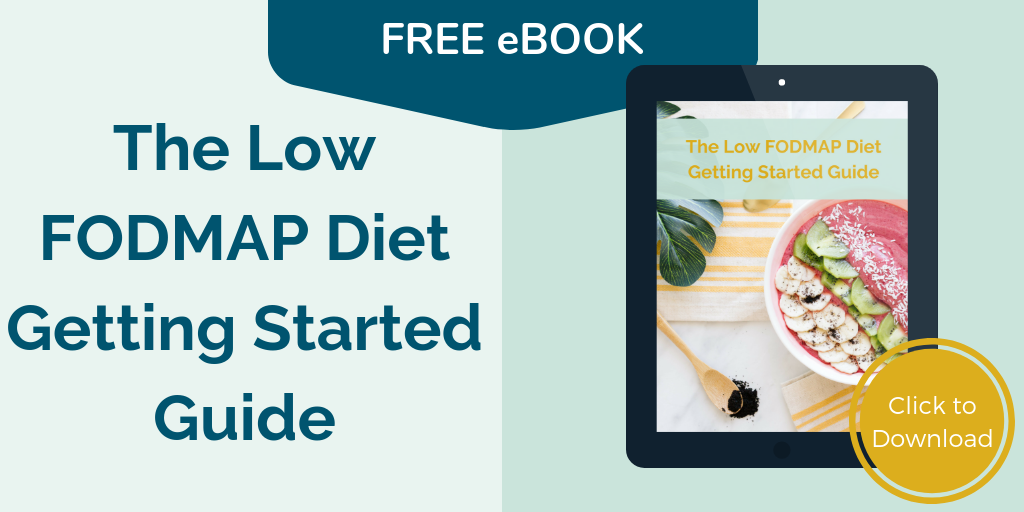Many of us have experienced that tired, sluggish feeling in the middle of the day. You may blame it on the busy day at the office or forgetting your morning coffee… but it might also be because you haven’t had enough energy or just need a boost to get your through to dinner. In order to boost your energy, you might turn to caffeine or sugar for a quick fix.
The reason for feeling these mid-afternoon sleepies is usually low blood sugar. Our body is craving a source of energy, we often give into this urge by grabbing a donut, some chocolate, or any sugary food that’s within arms-reach. This craving is your body telling you that you need some energy! The high amount of sugar in these sweet treats causes a rapid spike in blood sugar, giving you a short boost of energy. However, this is only temporary, and you’ll quickly find yourself “crashing” and the drowsy, fatigued feeling will return. So what can you do?
All About Your Blood Sugar
When we eat foods that contain carbohydrates, the body will release a hormone called insulin. Insulin pulls sugar out of the bloodstream and into the cells. Sugar is also known as glucose, which is our body’s main source of energy. Glucose helps carry out multiple functions in our body, including those relating to our muscle and nerve functions.
There are two types of sugars: simple and complex. When we eat foods that contain simple sugars they are broken down very quickly in the body. A large amount of glucose is released into your bloodstream all at once. Our bodies recognize the high level of sugar and releases high volumes of insulin to try uptake all the sugar. This is the sugar rush! Once the insulin has done its job and taken all the glucose out of the blood, your blood sugar is once again low, which is the sugar crash.
Balancing your blood sugar throughout the day will help to prevent these highs and lows, and you won’t feel the craving for sugar in the afternoon. Including complex sugars such as, strawberries, carrots, and whole-grain bread, is an important way to do this.
Eat a Balanced Lunch
So the first step is to have a balanced lunch that fills you up and keeps you satisfied for several hours. Eating in the middle of the day helps to re-energize your body and prevents your blood sugar from dropping too low. Taking a break to have lunch also helps to keep your metabolism active. When you spend long periods of time without food, your metabolism slows down in order to try and preserve any remaining nutrients. Having a balanced lunch will help to ensure you don’t feel fatigued and prevent the mid afternoon slump.
A balanced lunch includes complex carbohydrates, protein, and healthy fats. A balanced lunch will be digested slowly, and create a slow release of sugar into the blood stream. This will help you stay full for longer and prevent an energy spike and then crash after your meal. For some examples of healthy lunch ideas, check out our Love Your Lunch: Tips for Creating Healthy and Delicious Lunches article!
Low FODMAP Snacks to Keep Your Blood Sugar Balanced
Even if you have a healthy, balanced lunch you may still find yourself hungry mid-afternoon and that’s okay! We are all different, for some people a big lunch may get them through to an early dinner while many people will need a healthy snack to maintain their energy levels. The key is knowing what your body needs. If you are someone like me who needs a snack to get over that 3 pm hump it’s important to reach for a healthy, balanced snack.
When choosing healthy snacks, look for a combination of protein, complex carbohydrates (high in fibre), and healthy fats. Like a balanced meal, having a balanced snack that contains a mix of these nutrients will slow digestion, which leads to a slower release of insulin and will prevent the high and lows in blood sugar.
Here are some examples of well balanced low FODMAP snacks:
- ½ cup lactose-free yogurt (i.e. Liberte Greek Vanilla) + ½ cup raspberries
- ½ cup lactose-free cottage cheese with ½ cup sliced cucumber and carrots
- 5-8 Mary’s crackers (or other low FODMAP crackers) with old cheddar cheese
- 2 kiwi’s with 2-3 tbsp pecans
- 2 clementines with 2-3 tbsp walnuts
- Homemade bars or energy bites
Use this general guide to build your own balanced low FODMAP snack:
| Complex CHO | Protein/ Healthy Fat |
| · Vegetables
· Fruit · Brown Rice Crackers · Gluten-free oatmeal · Granola bar recipe · Gluten Free Granola · Gluten-Free Brown Crackers (Mary crackers) · Chia/flax seeds |
· Nuts
· Nut Butter · Lactose Free Yogurt (Greek Yogurt) · Cheese (depending on your tolerance to lactose) |
The first step if you’re looking to improve irritable bowel syndrome (IBS) or another digestive disorder or disease, is to understand more about the Low FODMAP diet and if it can help. Download my free eBook to help you better understand this diet and get started implementing simple steps to get rid of symptoms like gas, bloating, pain, diarrhea or constipation related to IBS. Click here to get a copy emailed to you right away.
Low FODMAP Recipe: Chocolate Chia Avocado Pudding
Makes: 8 servings
Time: 10 minutes prep
INGREDIENTS
2 cups almond milk, lactose-free cow’s milk, or coconut milk
1 ripe avocado, skin & seed removed
1⁄2 cup maple syrup
1⁄2 cup unsweetened cocoa powder
2 tsp vanilla extract
1⁄4 cup whole (or ground) Chia seeds
INSTRUCTIONS
In a blender, add milk, avocado, maple syrup, cocoa, and vanilla. Puree on high for 60 seconds until smooth and creamy.
Add Chia seeds to mixture and divide into 8 ramekins or jars.
Pudding can be eaten right away, but is better chilled. Chill in the refrigerator for at least 30 minutes. Can be stored 1 to 2 days.
To serve top each pudding cup with 1⁄4 cup of fresh berries.
Much love & good eating,
Stephanie and the Team


